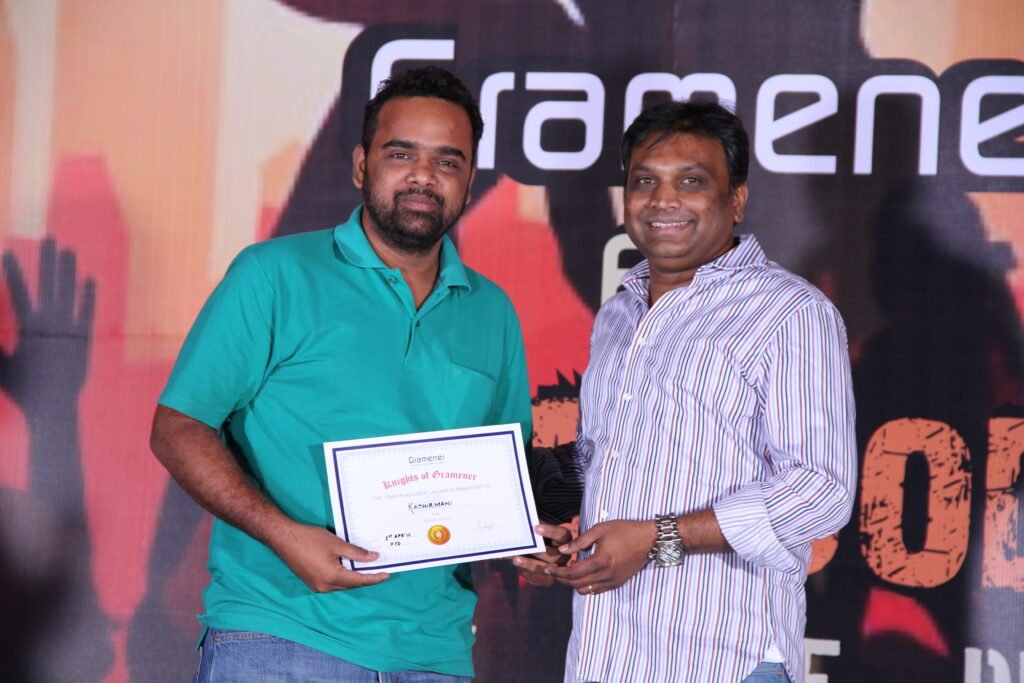-
Enhancing MCQs using “No Guess option” for better evaluation
During corporate training programmes, evaluating participants via Multiple Choice Questions (MCQs) is one of the easiest and time efficient approach. For L&D team, the scores from this evaluation is an important metric/KPI to quantify the effectiveness of the training programme. Unless we explicitly request learners to skip answering questions they are unsure about, most will…
Kathirmani Sukumar
CoFounder @ Quelit







